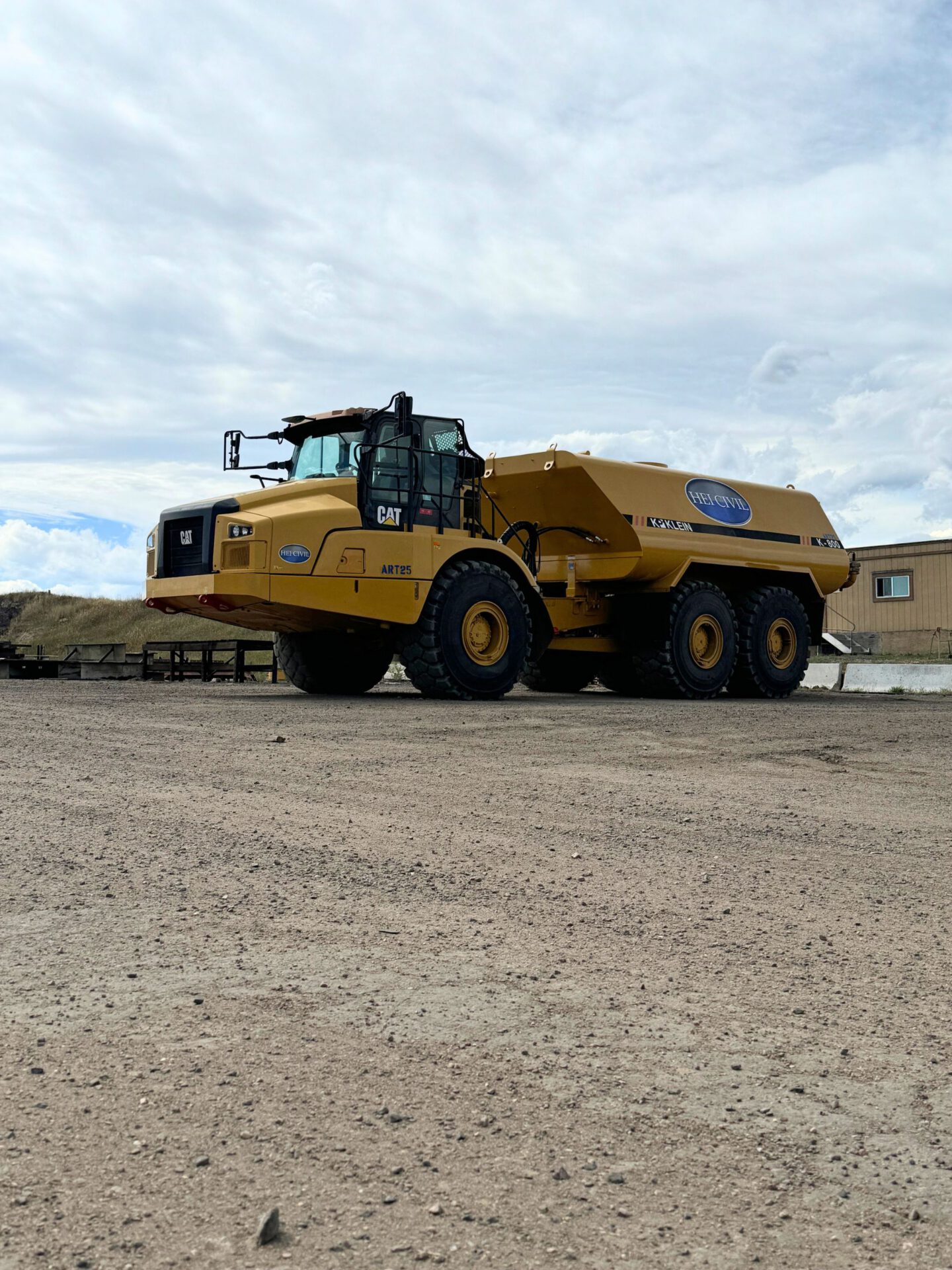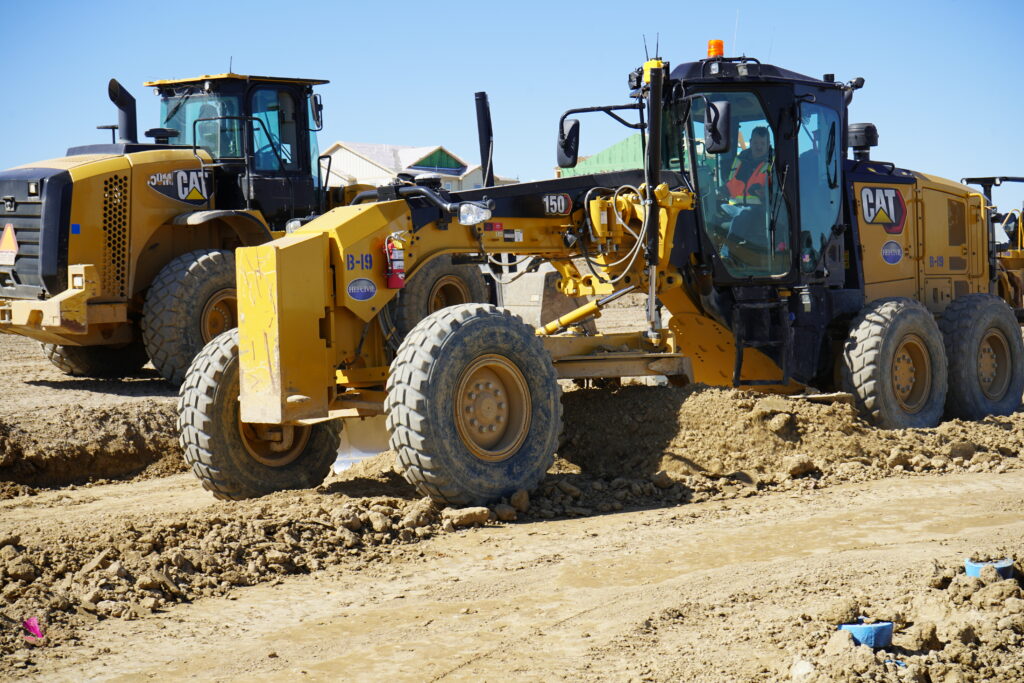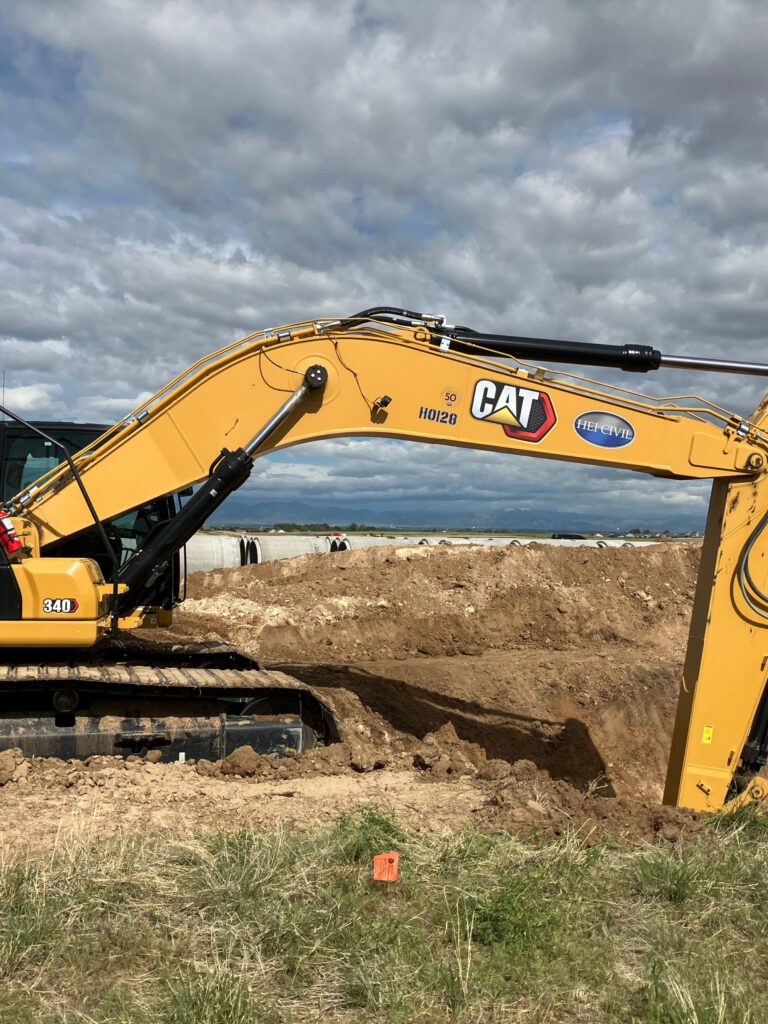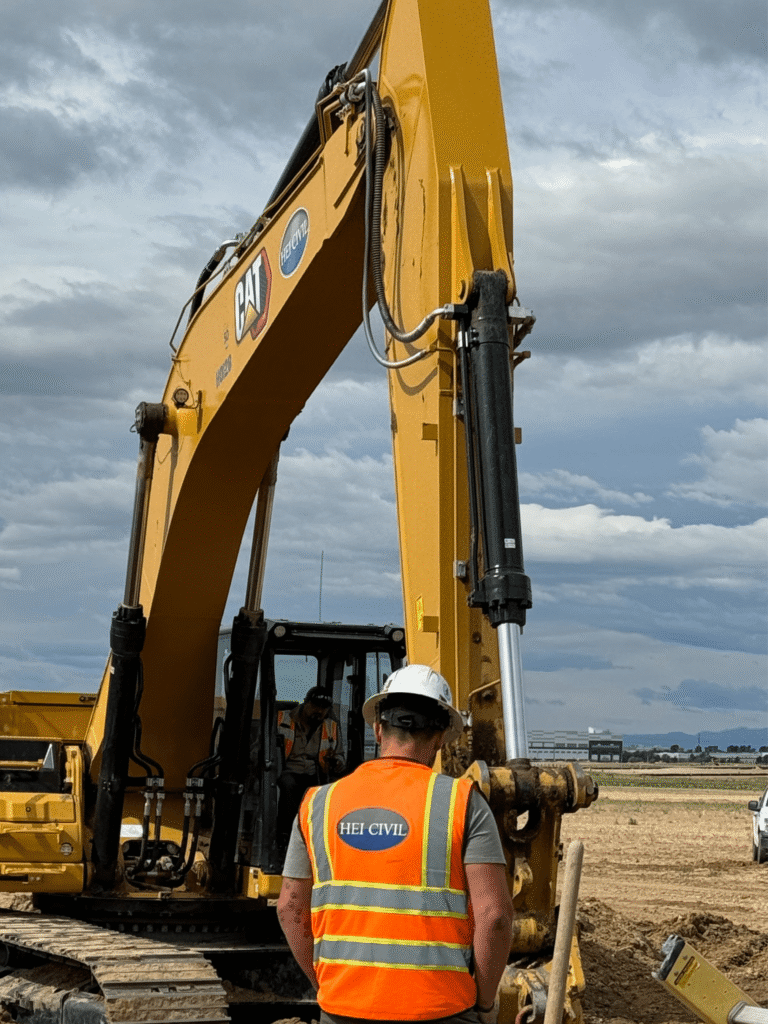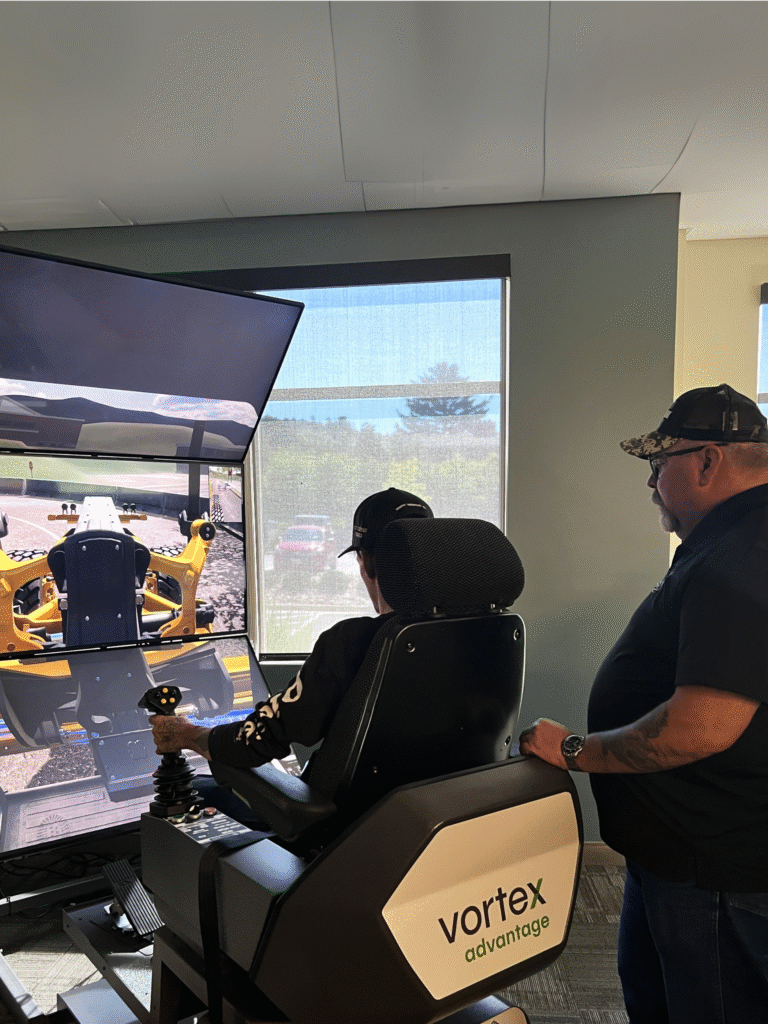At the beginning of 2024, the equipment and support team at HEI Civil embarked on a mission to enhance the efficiency and reliability of their scraper process crews. The target was to upgrade the aging fleet of articulated water trucks, ensuring smoother operations and minimizing downtime. This initiative goes beyond simply replacing equipment; it is a detailed, well-planned project that delivers long-term value.
Three of the five scheduled water truck tank restorations have been completed, with number 4 in the works. These restorations have been installed on late-model Caterpillar 745 articulated trucks, bringing the fleet a new level of capability. Each tank restoration is a complex, labor-intensive process involving over 300 man-hours per unit. The tanks are stripped to their bare frames, with significant attention given to repairing cracks, reinforcing interior baffles, rebuilding hydraulic systems, and modifying mounting assemblies to fit the 745 trucks.
This initiative underscores HEI Civil’s commitment to providing top-notch equipment for its teams. The operator feedback has been overwhelmingly positive, with many praising the comfort and efficiency of the new 745 trucks. The improvements have already translated into tangible results, reducing downtime and increasing satisfaction among the operators who rely on these trucks daily, thereby enhancing their work experience.
“At HEI Civil, our goal is to provide our teams with the best tools to succeed,” said James Kaplan, Equipment Operations Manager. “By upgrading our water truck fleet, we are not just improving efficiency; we are investing in the well-being and productivity of our operators.”
As the equipment and support team continues this upgrade effort, HEI Civil remains steadfast in its commitment to delivering excellence through quality equipment and strategic planning. With two more tank restorations on the horizon, the company is poised to finish the year on a high note, continuing to drive efficiency and performance across its projects.

